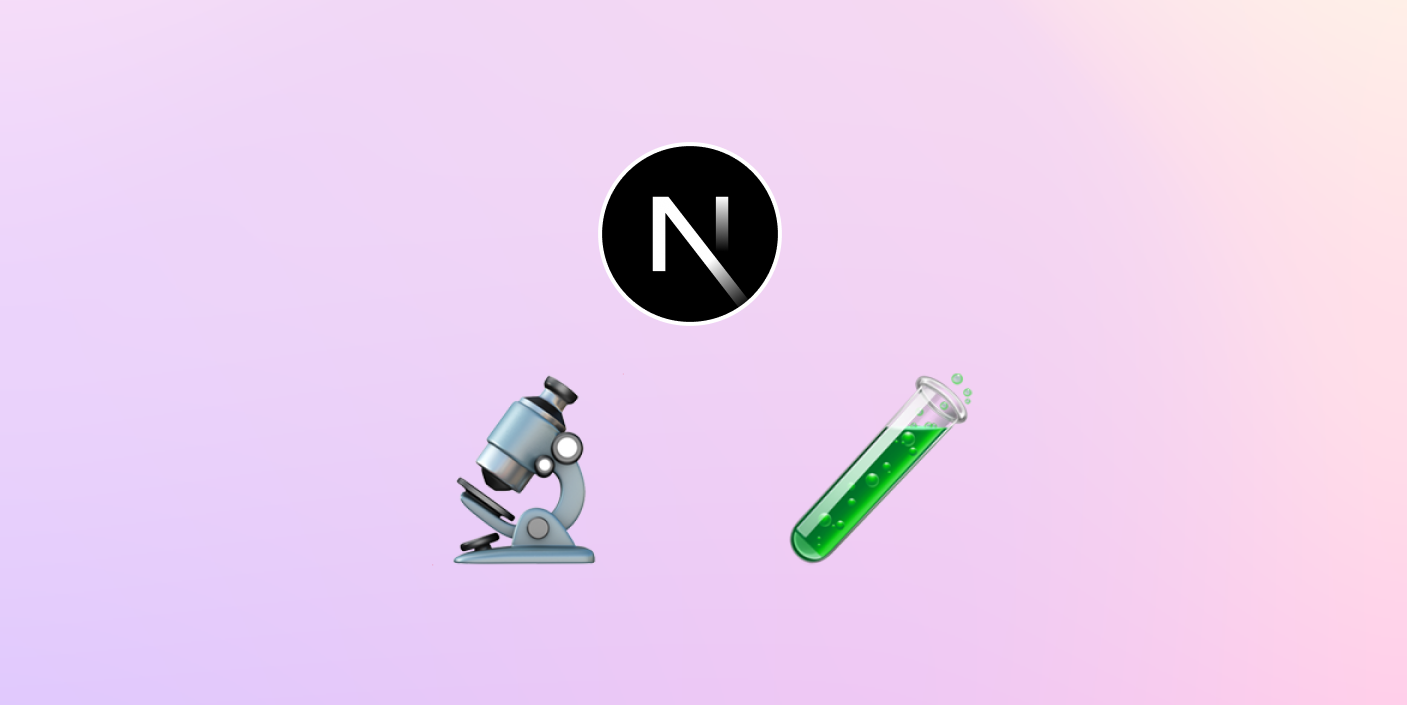Published on April 28, 2023
A/B Testing in Next.js using Edge Middleware

A/B testing, also known as split testing, is an essential method to improve the user experience and conversion rates on your website. By comparing two or more variations of a page or feature, developers can make informed decisions about which version performs best. In this blog post, we'll explore how to implement A/B testing in Next.js using Edge Middleware and how Abby, a developer-focused A/B testing SaaS, can streamline the process.
The Concept of A/B Testing
A/B testing involves creating multiple versions of a webpage, each with a different element or set of elements, and then measuring their performance. This could be anything from different layouts, colors, or copy. Visitors are randomly assigned to one of these versions, and their interactions are tracked to determine which version yields better results.
Benefits of A/B testing include:
- Data-driven decision-making: By basing decisions on quantifiable data, you eliminate guesswork and reduce the risk of suboptimal changes.
- Improved conversion rates: A/B testing enables you to fine-tune your website to encourage specific user actions, increasing conversions.
- Better user experience: By identifying elements that resonate with your audience, you can create a more engaging and satisfying experience for your users.
Next.js and Edge Middleware
Next.js is a popular React framework that simplifies the creation of server-rendered applications. One of its key features is Edge Middleware, which runs custom code before a request reaches the actual page or API route. This makes it an ideal solution for implementing A/B testing, as it allows for easy variation assignment and tracking.
Implementing A/B Testing in Next.js
To set up A/B testing with Next.js and Edge Middleware, follow these steps:
- Create variations: Design and develop different versions of your webpage or feature.
- Implement Edge Middleware: In your Next.js application, create a new Edge Middleware function that assigns visitors to a variation.
- Track performance: Measure the performance of each variation using the desired metrics, such as conversion rates or user engagement.
In conclusion, A/B testing is a powerful tool to enhance user experience and boost conversion rates. With Next.js and Edge Middleware, implementing A/B testing is straightforward and efficient. And with Abby, developers can take advantage of a tailor-made solution that simplifies the entire A/B testing process.